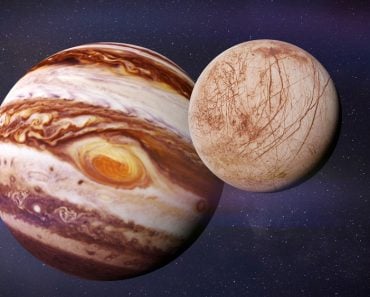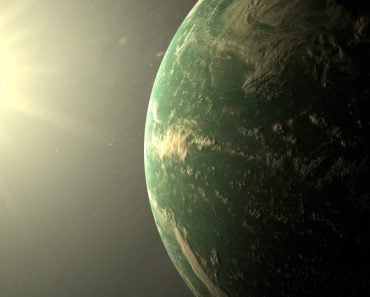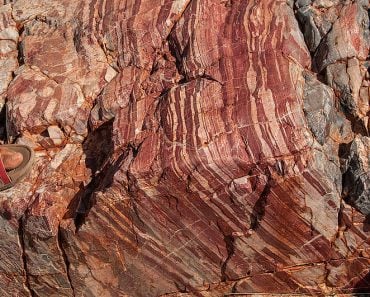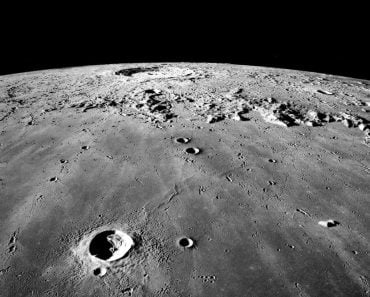Table of Contents (click to expand)
Earth is the one planet that is known to harbor life. However, scientists think that some planets could be even better than Earth for supporting life forms.
Life on Earth has been flourishing for the last 3.7 billion years. What started as simple microscopic life forms have evolved into wildly complex, multi-cellular types with various body functions and organ systems.
Of course, the conditions that prevailed on Earth over these billions of years allowed for the existence of life. Despite mass extinction events and ice ages, organisms and evolution have found ways to adapt to changing conditions.
The conditions on the Earth that enabled it to harbor life are well established. The availability of water, its magnetosphere, the right atmospheric conditions and composition, its distance from the Sun, and many other factors played an essential role in the development of life.
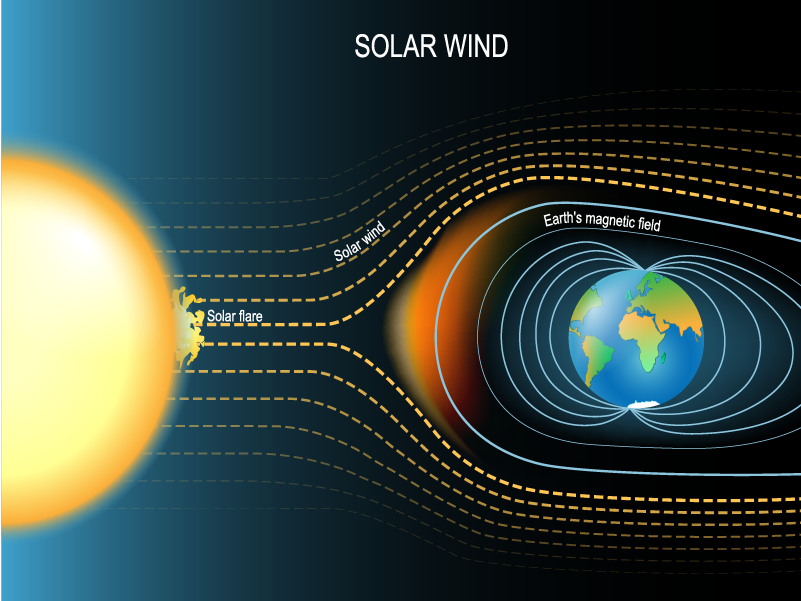
However, is Earth the gold standard for a planet’s ability to harbor life? Are there planets in other star systems that are better equipped for the maintenance and evolution of life, thereby making them more habitable than Earth?
Recommended Video for you:
Super-habitable planets
Astrobiologists Rene Heller and John Armstrong attempted to answer these questions. Their research, published in January 2014, tried to list the factors and constraints that would deem an exoplanet or an exomoon as ‘super-habitable.’
Here, a super-habitable planet refers to an exoplanet that is more suitable for the development of life than Earth. Heller and Armstrong argued that a planet or moon does not need to be within its host star’s habitable zone to be habitable. They say that the planet’s or the moon’s tidal heating (i.e., heat arising from the effects of tidal forces acting on a body) would be sufficient to keep a temperature suitable for life.
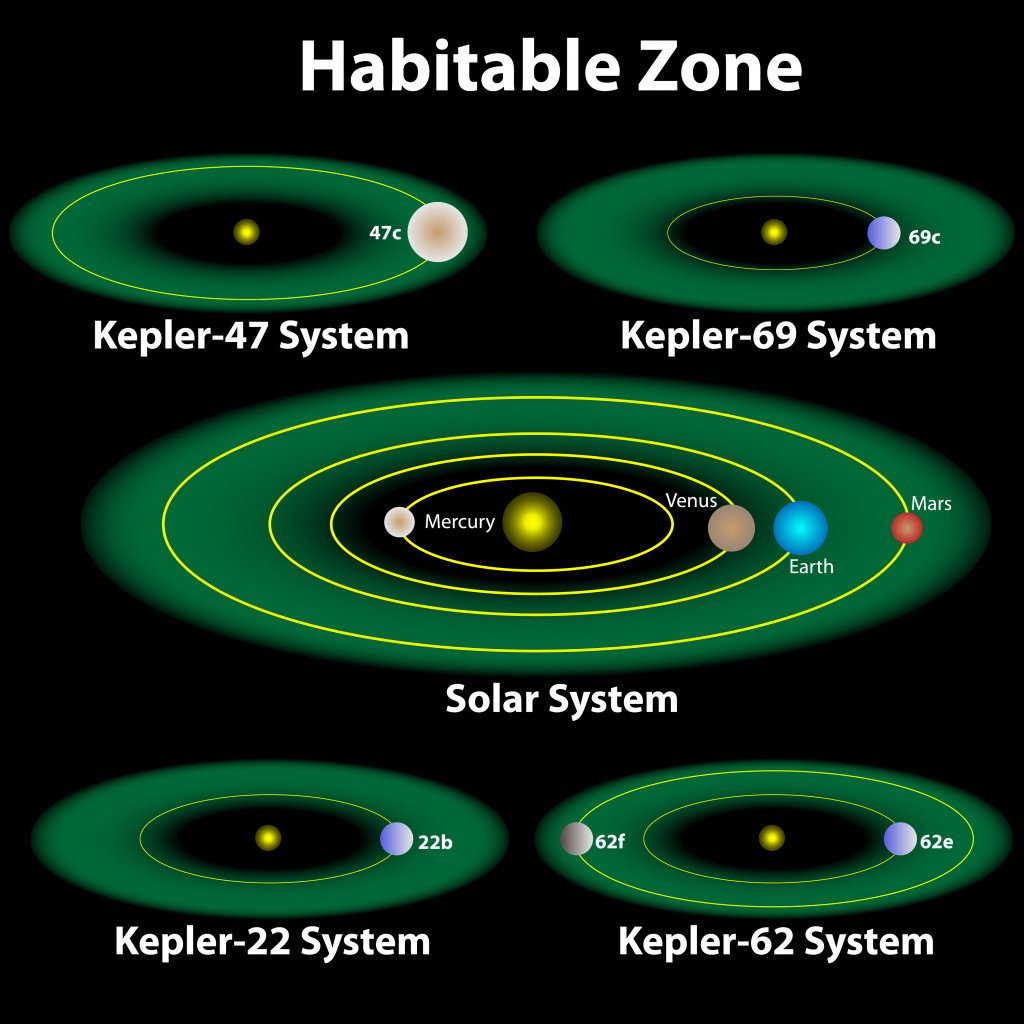
A more relevant part of their studies involved the characteristics of what would constitute a super-habitable planet. This list of attributes is extensive, with features ranging from planet size, composition, star mass and type, to planet temperature and lifetime. The following sections will discuss some of the relevant characteristics.
Properties of super-habitable planets
The recommended mass of a candidate super-habitable planet is up to two to three times the mass of the Earth. This is because such a mass range would allow for extended tectonic activity, ensuring a long-lasting carbon-silicate cycle required for life. That mass range would also result in a stronger magnetosphere, which would stop solar winds, retain a thicker atmosphere than Earth, and have a larger surface area.
More surface area would be available, since a more massive planet would imply a larger planetary radius. The increase in the surface would allow for biodiversity to develop and make it more habitable in the long term. As its biodiversity evolves, it can change its environment, making it more suitable for future generations. It ultimately leads to the fact that older planets would be more capable of being super-habitable.
As for the star itself, the preferable type is designated as a ‘K-type’ star. K-type stars are smaller, less dim and more abundant than stars like our Sun (called G-type stars). These stars have longer lifetimes than Sun-like stars, giving more time for life to evolve in its candidate super-habitable planets.
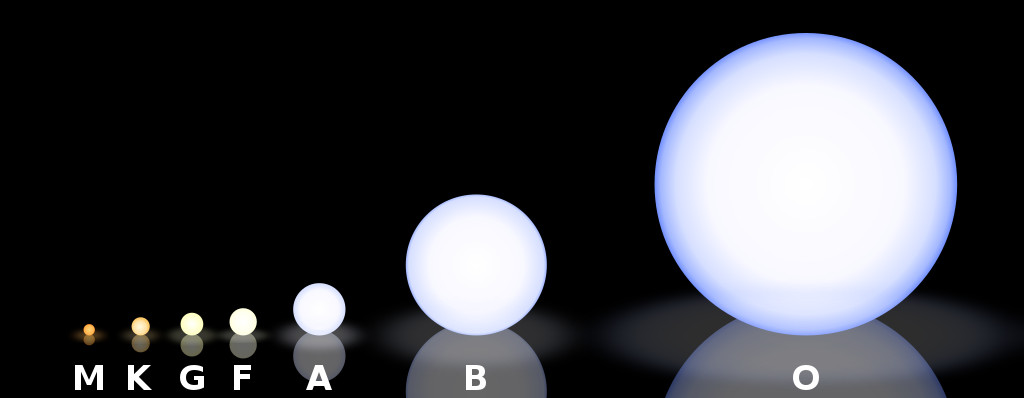
Another factor favoring K-type stars to host super-habitable planets is the amount of UV they radiate. K-type stars strike the right balance of not emitting enough UV to damage the DNA molecules necessary for life, but emitting just enough so that synthesis of essential biochemical compounds could occur.
Another aspect of a planet’s super-habitability is the nature of its orbits. This includes the orbital eccentricity, whether it is more elliptical or circular. A higher eccentricity value would imply a more elliptical orbit. The orbital eccentricity is vital in defining a planet’s distance from its host star. It consequently affects the planet’s climate.
The Earth has a low eccentricity orbit, implying that it is almost nearly circular. In their studies, Heller and Armstrong say that the circular, stable nature of Earth’s orbit might not allow life to evolve beyond a certain point.
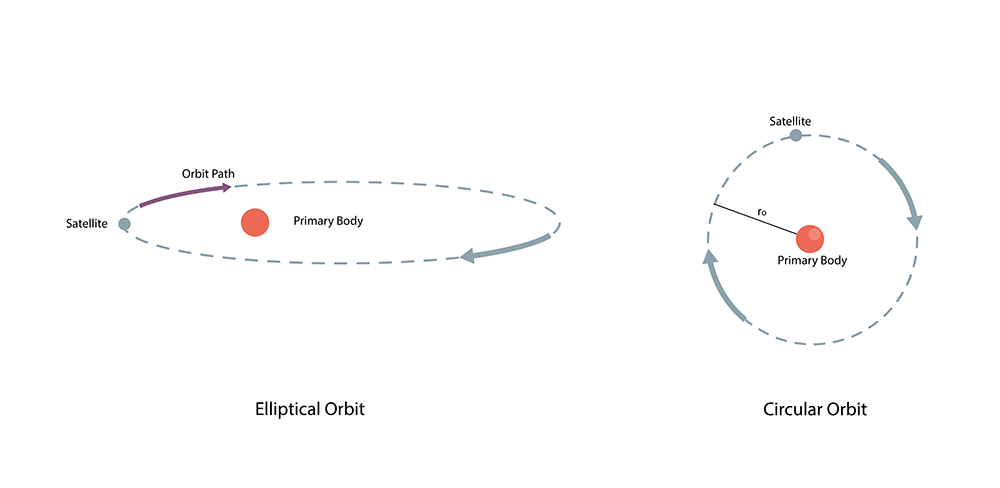
Meanwhile, slightly elliptical orbits might provide a more challenging environment for the evolution of life, along with the seasonal weather that we see on Earth. Orbital paths that are somewhat eccentric might positively influence life on such planets. They concluded that circular orbits do not unnecessarily imply super-habitability, and that super-habitable planets could have marginally elliptical orbits.
A recent study sought to find whether planets with highly elliptical orbits could be super-habitable. This study consisted of developing a model of ocean habitats similar to ones found on Earth, and determining how high eccentricities of orbits and high tilt of the planet’s axis might affect it. The simulation also used an atmospheric behavior model, with the analysis done over an entire year.
The study showed that marine habitats could thrive in such scenarios throughout the year. Additionally, the model implied that the seasonal weather arising from such types of orbits could lead to better development of life on the planet. Factors for improved ecosystems in these orbits are mainly based on better rates of photosynthesis and the increased recycling of nutrients needed for life.
So far, this article has discussed the properties of a likely super-habitable planet, but have astronomers managed to observe one? Are there exoplanets out there that are better suited for life than our dear old home world?
Exoplanets that are super-habitable
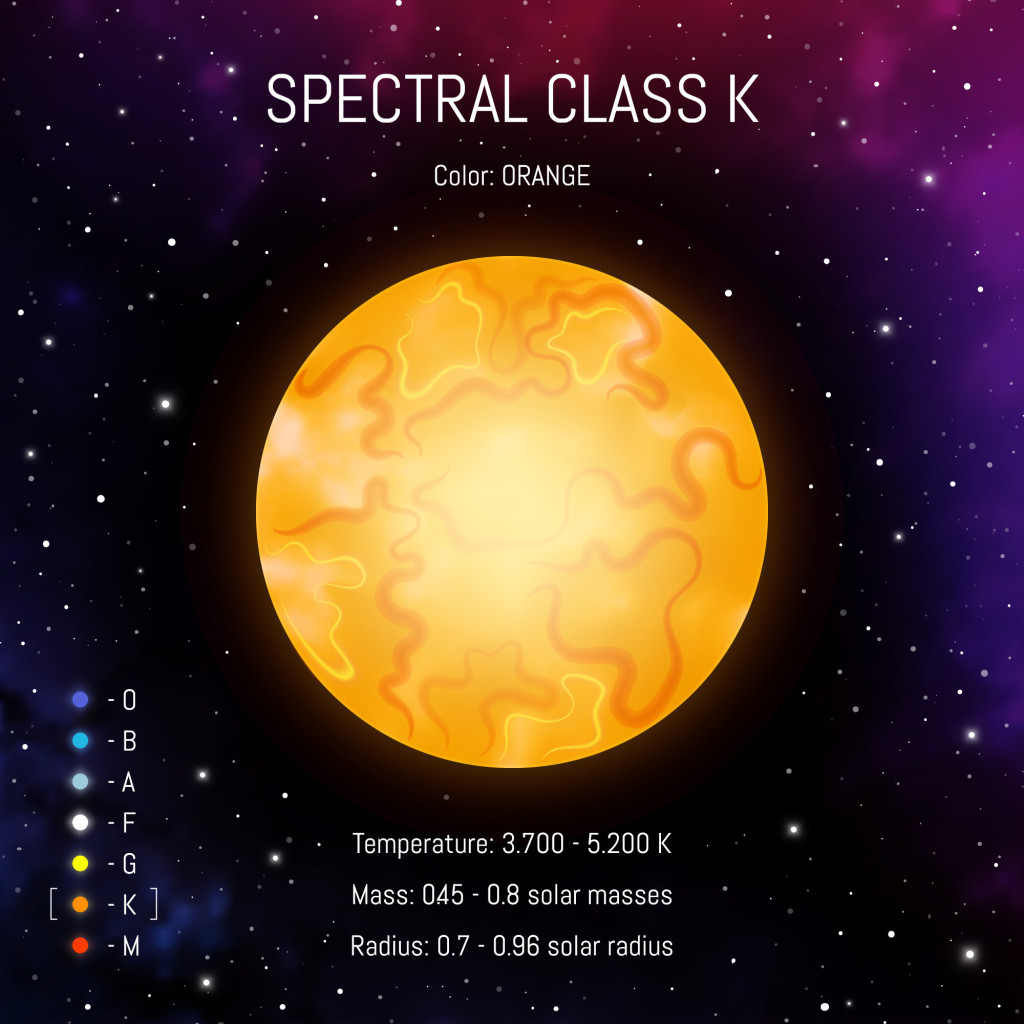
A study done in 2020 attempted to find potential exoplanets that could be super-habitable. The study used the parameters inspired by those described by Heller and Armstrong: orbits a K-type star, has plate tectonics, a mass of around 1.5 times that of Earth, etc. Other parameters included an average surface temperature of 5 degrees Celsius higher than Earth and the presence of a large moon.
The 2020 study did not use these parameters strictly. The researchers used it as a reference point for establishing super-habitable planet candidature. If an exoplanet satisfied one of the parameters, then the researchers allowed for minor deviations in the others. Additionally, satisfying the condition of super-habitability does not imply that life exists on these planets.
Out of the exoplanets and exoplanet candidates identified so far, the 2020 work listed twenty-four candidates that may be possibly super-habitable. Of these twenty-four, only two are confirmed planets.
The other twenty-two objects are unconfirmed exoplanets and could be false positives. One of the two confirmed planets, with the designation Kepler-69c, is around seven billion years old.
However, a 2013 study of that planet implied that its surface is more likely to be similar to Venus. Thus, its status as a super-habitable is in question.
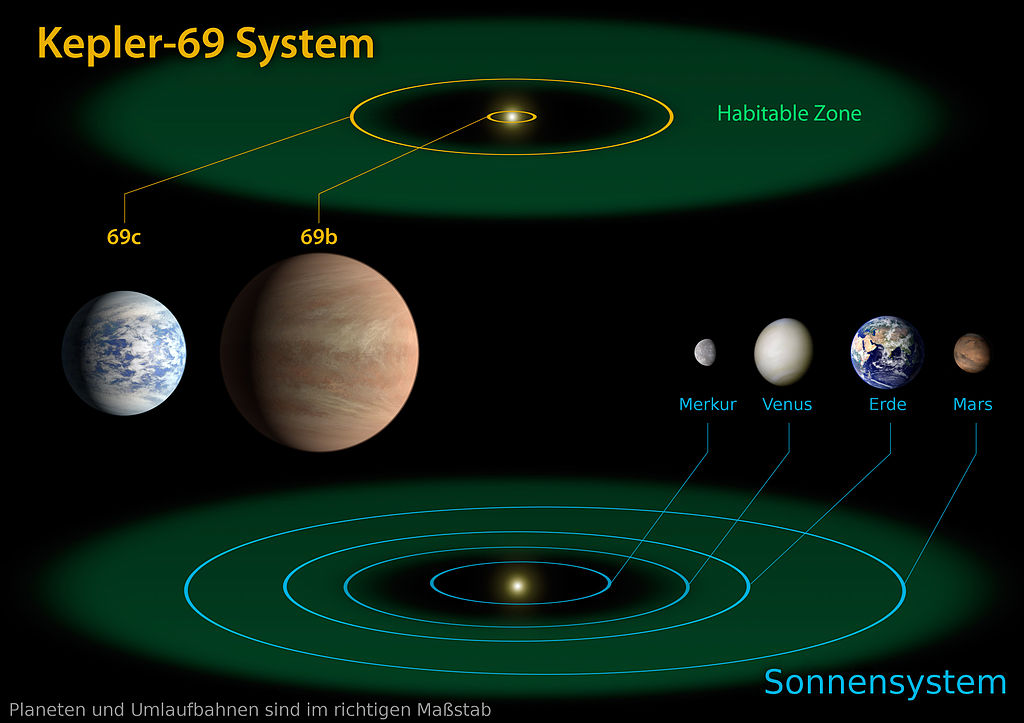
As for the second one, designated as Kepler-1126b, not much is available that could confirm its status as a super-habitable planet (except that its age is estimated to be 7.5 billion years old).
While the main objective of the 2020 study was to show that super-habitable planets might already be present in the detected exoplanets, plans to pinpoint new super-habitable planets are underway.
With space telescopes like JWST already in orbit and capable of studying the atmospheres of exoplanets, several future ground-based telescopes, like the Very Large Telescope and the Thirty Meter Telescope (TMT), will also be capable of detecting exoplanets. This could be used to find super-habitable planets.
Apart from this, there are plans to launch several new space-based telescopes in the near future. Some of these are the PLAnetary Transits and Oscillations of Stars (PLATO), Atmospheric Remote-sensing Infrared Exoplanet Large-survey (ARIEL), and Habitable Exoplanet Observatory (HabEx).
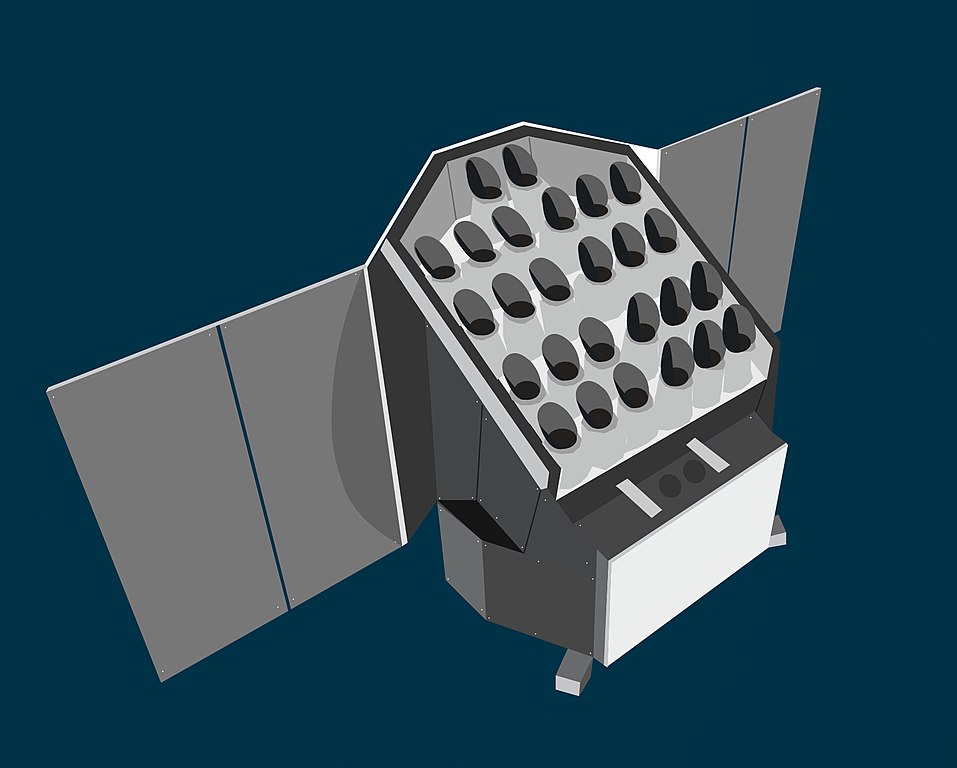
Given all this, humanity clearly hopes to detect super-habitable planets in the future… and maybe even find life flourishing on them! Of course, super-habitable planets must contain the right conditions for life, but detecting them is one way to fast-track the existence of life outside Earth.
References (click to expand)
- Early Life on Earth – Animal Origins.
- Europa Tidal Heating.
- “Goldilocks” Stars May Be “Just Right” for Finding ....
- Heller, R., & Armstrong, J. (2014, January). Superhabitable Worlds. Astrobiology. Mary Ann Liebert Inc.
- Schulze-Makuch, D., Heller, R., & Guinan, E. (2020, December 1). In Search for a Planet Better than Earth: Top Contenders for a Superhabitable World. Astrobiology. Mary Ann Liebert Inc.
- Jernigan, J., Laflèche, É., Burke, A., & Olson, S. (2023, February 1). Superhabitability of High-obliquity and High-eccentricity Planets. The Astrophysical Journal. American Astronomical Society.
- T Richey-Yowell. (2022) Additional Evidence for K Dwarf Rotational Stalling in the First ....
- Kane, S. R., Barclay, T., & Gelino, D. M. (2013, May 30). A Potential Super-Venus In The Kepler-69 System. The Astrophysical Journal. American Astronomical Society.
- L Delsupexhe. Detection of habitable terrestrial exoplanets orbiting K dwarf ....

